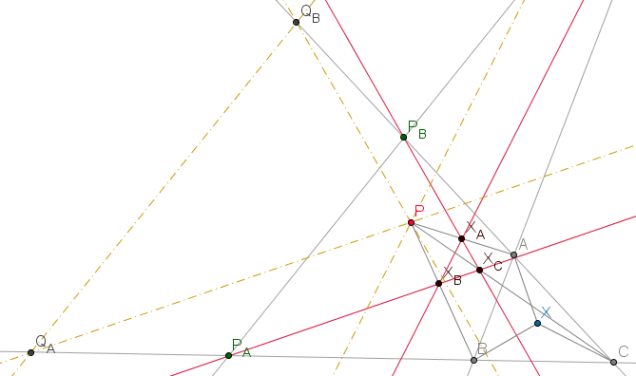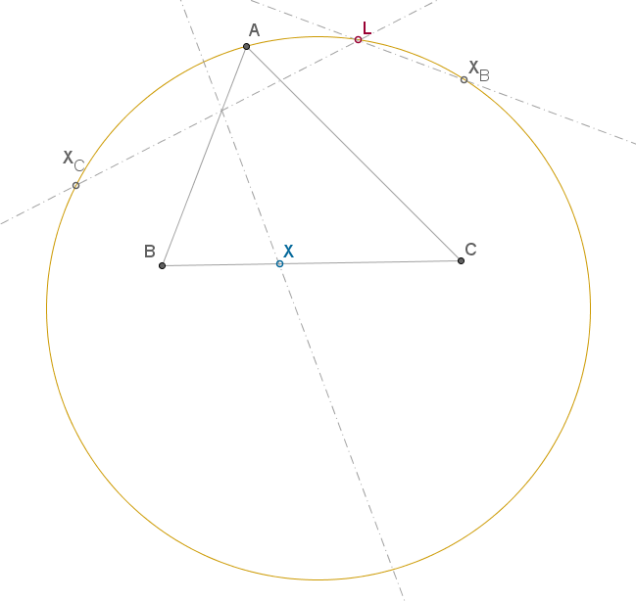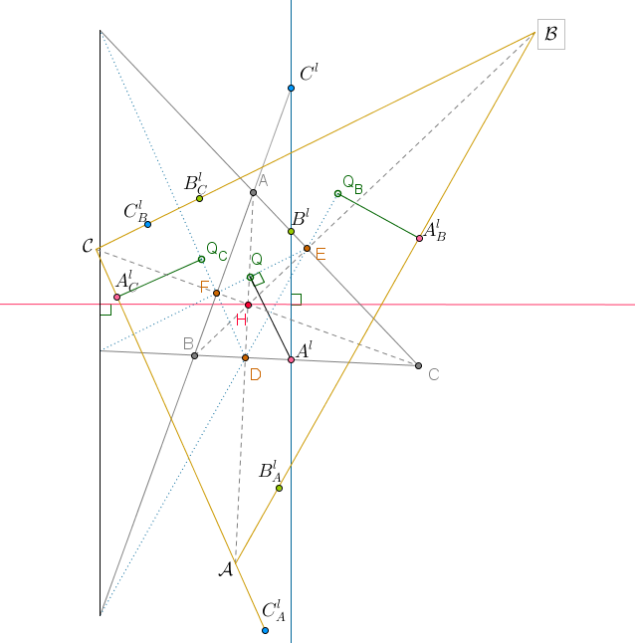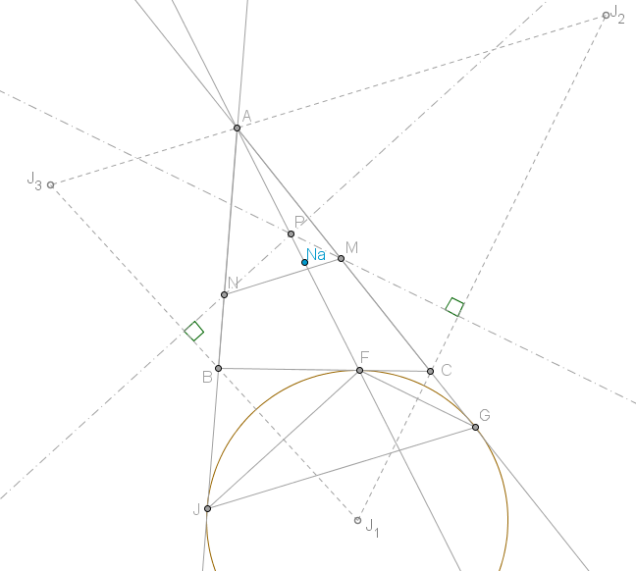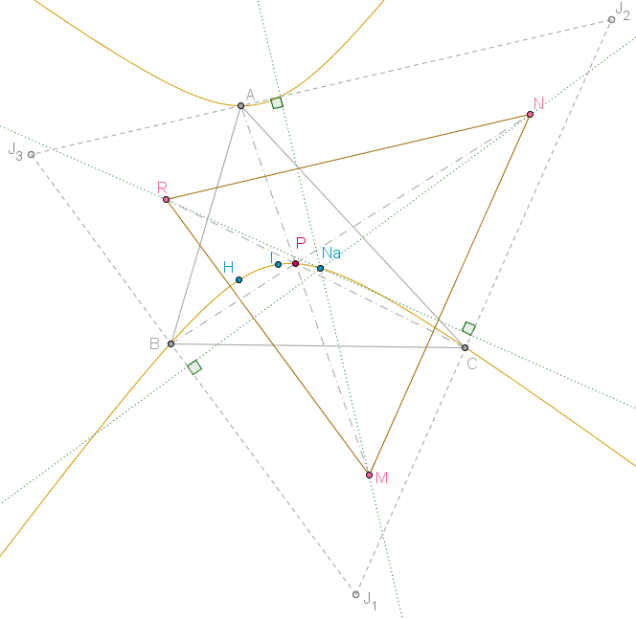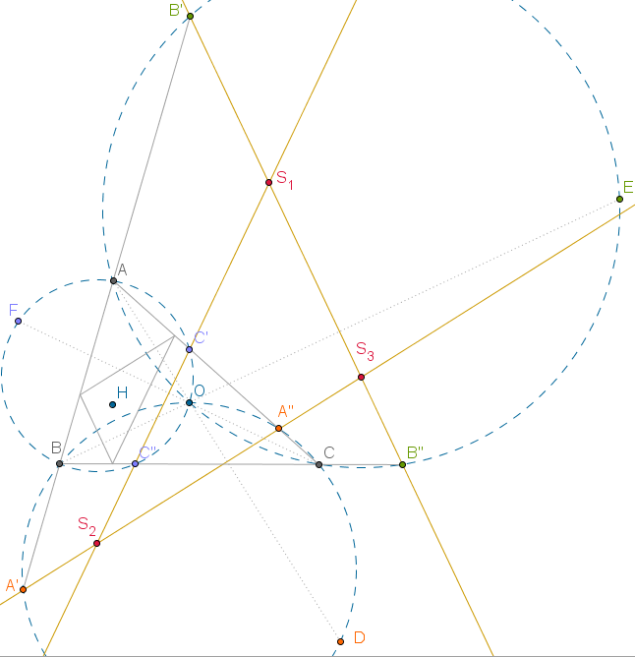Definition. Let be a measure space. A measurable
(the extended borel sets of the extended reals
) function that is nonnegative and it’s range is a finite set is named a simple nonegative measurable function.
is the set that represents all this type of functions.
Proposition. Let be a measure space.
is an increasing sequence of functions. While
is such that
, for all
.
Then .
Literature Review.
1. This is a generalized version of Theorem 4.2.1 from the book “A basic course in Measure and Probability” by Ross Leadbetter, Stamatis Cambanis, Vladas Pipiras. Only that in the book, the simple nonnegative measurable functions are not allowed to take value. Which is also the main reason of this post- in order to generalize the theorem. But the above mentioned authors do not give a reason as to why,
is not allowed. A reason could be that it is easier to do develop the theory, but at the cost of having an unexplained detail left out, which ruins right from the beginning the development of the theory. Though the pedantic thinker easily lifts this annoyance of his chest, once it is noticed that in the definition for the nonnegative measurable function ( and nonnegative function have the right of having the infinity value, as they are and seen as limits of nonnegative simple functions)
.
2. In Inder K. Rana book “An introduction to Measure and Integration“, the approach is like mine’s, the simple functions are allowed to take value, (Definition 5.1.1, page 118). But there is afterwards a mistake in proving, the “almost” same proposition, as ours,(Proposition 5.1.10, page 121). The mistake is forgetting that the simple nonnegative function can have the
value. Basically, there is considered the set, for a fixed
,
(in the condition there is taken for granted that
), which would next imply that
. Which is wrong, as
does not take into account that
can also take
.
3. Most of the books, though, consider the simple functions to assume only real values. Examples: J.Yeh, “Real analysis, Theory of Measure and Integration.“, Halmos’s Book (at page 84-85), Gerard Folland “Real analysis, modern techniques and their applications“(page 46), Heinz Bauer “Measure and Integration Theory“, and in general mostly everywhere.
Solution 1. Let .
might just as well be
. And let
where
, and
.
Fix and consider the set
.
The following hold, since , are increasing
for each
. Then
. Taking the limit wrt
, we get
. Now, taking the limit wrt
,
.
Solution 2. Once the theory is developed through the real valued simple functions, one can consider , and see
as measurable functions. Because
, then
.
Note: The convention is . There are some good reasons for this, but it is not a topic to be explained here. But here is an argument: in order for some “limits” to behave good. It is important to realize that all these “taking of limits” is possible only because the sequence under which the limit is taken is an increasing sequence. For example:
. In our case this situation does not happen as if
is an increasing sequence of numbers from
, then all
, and
.

